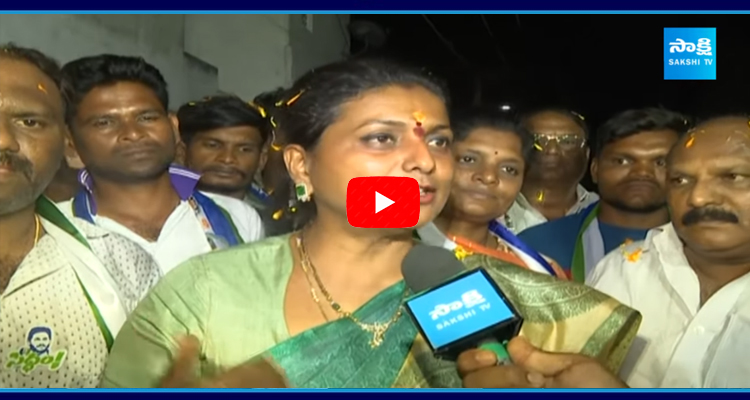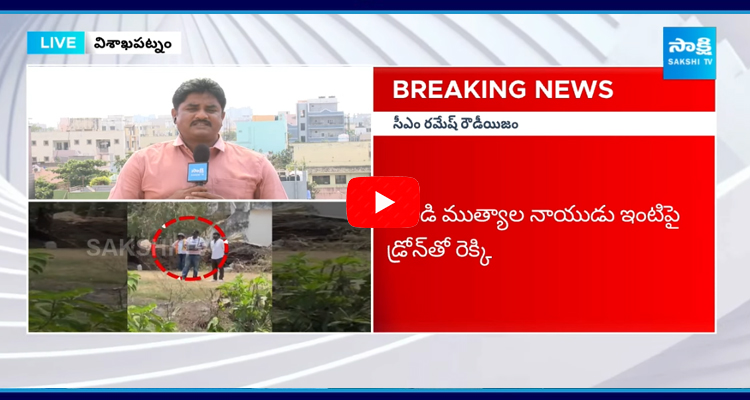
B. Rajendra
Senior Faculty
Hyderabad
Eamcet, Botany
In the series of EAMCET model papers the third and concluding part of the First year includes Units V, VI & VII. In Unit V Cytology, Biomolecules and Cell Division are included. For EAMCET point of view at least four questions are possible from this unit.
Some problems on DNA structure can be asked from biomolecules. Similar kind of problems is also possible from Molecular biology of second year. To his convenience student can practice few model questions either revising first year or second year syllabus.
As, a chapter on biomolecules, is new to our syllabus it is better practice some questions from this chapter. Chemistry subject also have a chapter on Biomolecules. For long term students this chapter and entire units V & VI needs thorough study as concepts are very vague. Unit-VI is on Anatomy and Unit- VII is on Ecology. Here are some model questions from these chapters
Some model questions from Unit- V, VI & VII of First year
1. Non-membrane bound cell organelle found in a living cell
A. Ribosome B. Lysosme C. Centriole D. Chromosome
1) A & B 2) A & C
3) B & C 4) A, C & D
2. Carrier proteins in the membranes are required for the transport of
1) Non-polar molecules
2) Polar molecules
3) Water 4) Gases
3. Cell walls of algae contain
A. Cellulose B. Hemicellulose C. Galactans D. Mannans
1) A, B, C 2) B, C, D 3) A, C, D 4) A, B, D
4. In living plant cells intercellular transport is facilitated by
1) Plasmodesmata 2) Pits
3) ER 4) Cytoskeleton
5. AssertionA: Mitochondria,
chloroplasts are not considered as endomembrane system
Reason R: Their functions are independent of other cell organelles
1) Both A and R are correct and R is the correct explanation of A.
2) Both A and R are correct but R is not the correct explanation of A.
3) A is true, R is false
4) A is false, R is true.
6. True statement regarding Golgi complex
I. It helps in the cell wall formation
II. It helps in intracellular transport
III. It is a site of glycoprotein and glycolipid synthesis
IV. It synthesizes steroidal hormones in animal cells
1) I & II 2) II & III 3) III & IV 4) I & III
7. Sausage shaped cell organelle is 1) Mitochondria 2) Plastids 3) Golgi 4) ER
8. Location of ribosomes in eukaryotic cells is
A. Cytoplasm B. Attached to ER
C. Inside mitochondria
D. Inside chloroplasts
1) A & B 2) B & C 3) B, C & D 4) A, B, C & D
9. Centrosome consisting of
1) 9 +2 pattern microtubules
2) Two centrioles
3) 9 peripheral tubules
4) Three basal bodies
10. Histone protein which is not a part of nucleosome core
1) H1 2) H2A 3) H2B 4) H3
11. Nucleotide among the following 1) Cytidylic acid 2) Cytosine 3) Thymidine 4) Cytidine
12. Assertion(A): Lipids are not strictly macromolecules.
Reason(R): They are seen in acid insoluble fraction during chemical analysis of tissues.
1) Both A & R are true and R is the correct explanation of A.
2) Both A & R are true but R is not the correct explanation of A.
3) A is true, R is false
4) A is false, R is true.
13. Cocanavalin A is 1) Primary metabolite
2) Vitamin 3) A Lecitin 4) Intermediate metabolite
14. In a small stretch of a DNA 10 Adenines are present equally distributed on both strands. The total number of hydrogen bonds between G & C are 1) 15 2) 50 3) 30 4) 20
15. A DNA molecule shows 400 nucleotides. The length is 1) 6800A0 2) 680 A0 3) 680 nm 4) 680mm
16. G2 phase is
1) Phase between S and M phases
2) Phase preceding S phase
3) Phase followed by G1 phase
4) Phase preceding G0 phase
17. Average time required by a yeast cell to divide is 1) 20 min 2) 24 hrs
3) 90 min 4) 12 hrs
18. Quiescent stage for cells like heart cells of humans is
1) Before G1 phase
2) Within G1 phase
3) After G1 phase
4) Before M phase
19. Disc shaped proteinaceous structures that attach to the spindle fibres during cell division are1) Centromeres 2) Telomeres
3) Centrosomes 4) Kinetochores
20. Assertion (A): The interphase is called as 'the resting phase' Reason (R): In interphase cells take rest
1) Both A & R are true and R is the correct explanation of A.
2) Both A & R are true but R is not the correct explanation of A.
3) A is true, R is false
4) A is false, R is true.
21. Nuclear envelope disappears
1) During metaphase
2) Before anaphase
3) At the end of prophase
4) During cytokinesis.
22. True statements among the following
I. During anaphase centromeres split and chromatids separate
II. Nucleolus disappears during prophase.
III. The daughter cells formed after mitosis are always identical in their size.
IV. The number of DNA, in each cell, immediately after the division is equal to that of parent cells.
1) I & II 2) II & III 3) III & IV 4) IV & I
23. Crossing over occurs during
1) Leptotene 2) Pachytene
3) Diakinesis 4) Anaphase-I
24. The number of chromosomes in each cell of pollen grain of Pyrus malus is
1) 17 2) 19 3) 24 4) 8
25. Primary meristem that increases the thickness of the stem.
1) Apical meristem
2) Intercalary meristem
3) Cambium 4) Phellogen.
26. Tissue that helps the plants from elastic stress.
1) Collenchyma 2) Parenehyma 3) Sclerenchyma 4) Aerenchyma
27. Life long activity of meristems is seen in
A : Apical meristems
B : Intercalary meristem
C : Vascular cambium
D : Cork Cambium.
1) Only B 2) Only D
3) A, C, D 4) A, B, C
28. Polyarch, exarch vascular bundles are present in
1) Dicot root 2) Dicot stem
3) Monocot root
4) Monocot stem
29. True statement regarding secondary growth
1) Only in open vascular bundles it is seen
2) Roots don't show any secondary growth
3) Secondary growth results from secondary meristems
4) Primary meristems can also participate in secondary growth.
30. Correct arrangement of tissues centripetally in secondary growth
1) Cork ® primary phloem ® vascular cambium ® secondary phloem
2) Cork cambium® cortex® endodermis® vascular cambium
3) Secondary cortex ® cork ® phellogen ® vascular cambium ® primary xylem
4) Medulla® primary xylem® secondary xylem® vascular cambium
31. True statement among the following
I. All apical meristems are primary
II. All primary meristems are apical
III. Some lateral meristems are primary
IV. Some secondary meristems are lateral
1) I & II 2) Only II 3) I & IV 4) I & III
32. Phloem parenchyma is absent in
1) Dicot stem
2) Monocot stem 3) Dicot root 4) Monocot root
33. Bicolleteral vascular bundles consisting of
1) Xylem on either side of phloem.
2) Cambium on either side of phloem
3) Phloem on either side of Xylem.
4) Centrally located Xylem surrounded by phloem.
34. Ground tissue system consisting of
1) Cortex and stele
2) Medulla and cortex
3) Tissues other than epidermis and vascular tissue
4) Tissues other than endodermis and vascular tissues.
35. In Ecological services water role is
1) Supporting services
2) Provisional service
3) Regulating services
4) Cultural service
36. Hypostomatous condition with multiseriate epidermis is seen in 1) Acacia 2) Nerium 3) Calotropis 4) Casuarina
37. In pond ecosystem roots established first in
1) Scrub stage
2) Submerged plant stage
3) Marsh-meadow stage
4) Reed -swamp stage
38. Both mechanical and vascular tissues are very well developed in 1) Mesophytes 2) Hydrophytes
3) Parasites 4) Xerophytes
39. Assertion(A): Opuntia is adopted to xerophytic condition Reason(R): Succulent stem stores water and spines reduces transpiration.
1) Both A, R are true and R is the correct explanation of A.
2) Both A, R are true but R is not the correct explanation of A.
3) A is true but R is false
4) A is false but R is true
40. Match the following Lists
List - I
A.Succulent roots of Asparagus
B. Cladode of Asparagus
C. Spine in Opuntia
D. Scaly leaf in Casuarina
List - II
i. Photosynthesis
ii. Reduces transpiration
iii. Drought avoiding character
iv. Storage of food and water
v. Protection and reduction in transpiration
A B C D
1) iii i ii v
2) iv ii v i
3) iii i v ii
4) iv i iii ii
Key
1) 2 2) 2 3) 3 4) 1 5) 1
6) 4 7) 1 8) 4 9) 2 10) 1
11) 1 12) 2 13) 3 14) 3 15) 2
16) 1 17) 3 18) 2 19) 4 20) 3
21) 3 22) 4 23) 2 24) 1 25) 3
26) 1 27) 3 28) 3 29) 3 30) 2
31) 4 32) 2 33) 3 34) 3 35) 2
36) 2 37) 2 38) 4 39) 1 40) 3












